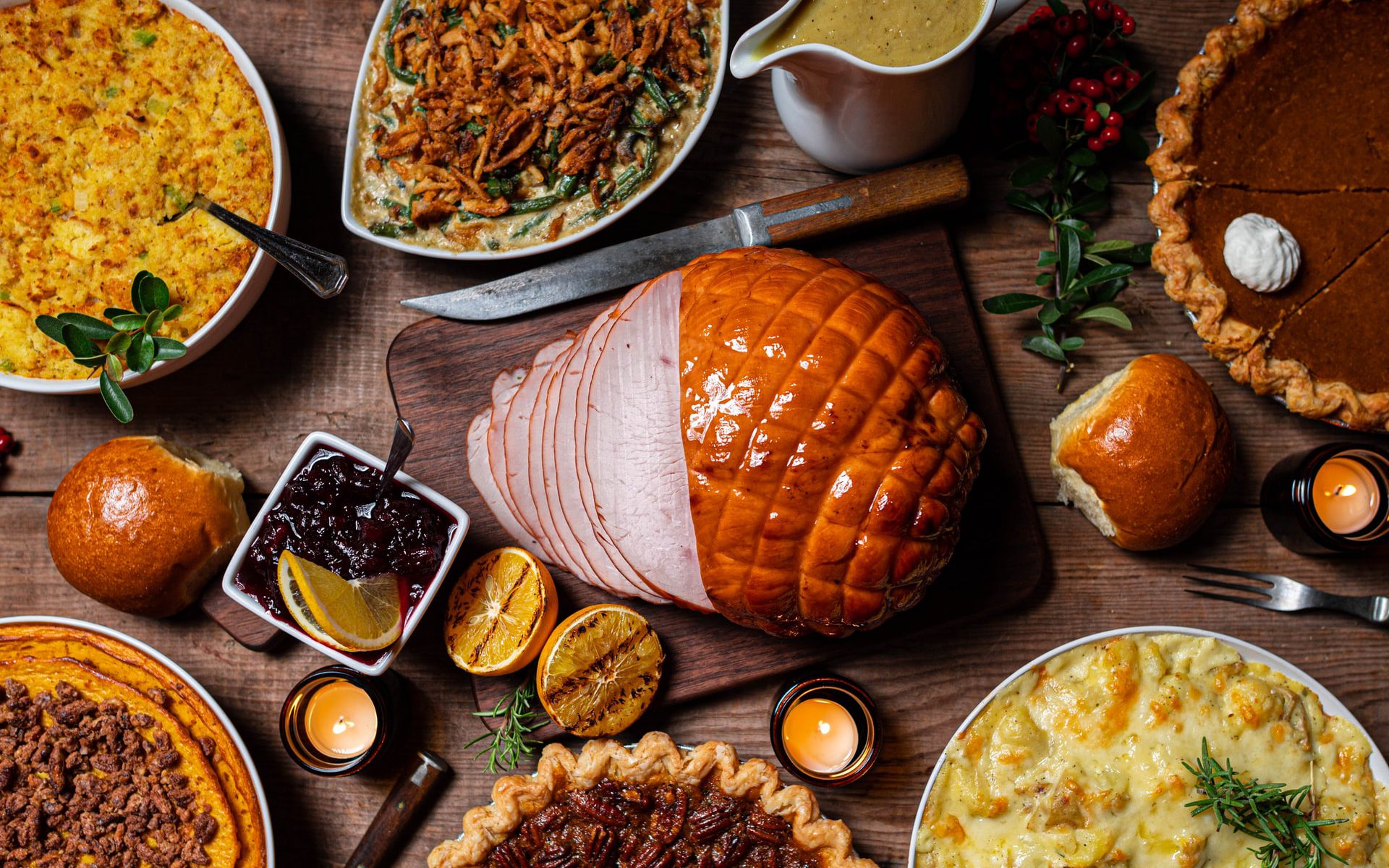Hungering to assist those in need?

Originally posted in The Journal Gazette| SUNDAY, NOVEMBER 21, 2021
By Mary Tyndall

For many of us, the Thanksgiving season is a time of abundance: We have more than enough turkey, mashed potatoes and pie. But while we see our own tables filled with stuffing and cranberry sauce, many of our neighbors have far less on Thanksgiving and every other day.
Feeding America estimates the food insecurity rate (those with limited or uncertain availability of nutritionally adequate foods) in Allen County to be 13.2% for 2021, down slightly from 15% in 2020. Emergency pandemic assistance from the government by way of increased SNAP (food stamp) benefits has helped stave off a dramatic rise in food insecurity during these past few difficult years.
Now, however, those additional government benefits are being rolled back at the same time the price of food, and many other items, is dramatically rising.
Since beginning work at the St. Joseph Community Health Foundation this year, I’ve had the opportunity to learn about food insecurity and the adverse effect it has on our entire community.
Feeding America cites numerous studies that link food insecurity in youth with poor academic performance and developmental delays. U.S. Department of Agriculture research shows that chronic health conditions, such as cardiovascular disease, diabetes and hypertension, are far greater in adults who don’t always have access to enough nutritious food.
The experts – researchers, dietitians and physicians – understand a great deal about food insecurity, its effects and causes; food bank and nonprofit professionals work hard every day to address the issue, but it’s a complicated and exhausting task.
We know the primary causes of food insecurity are poverty, unemployment and low assets, but food insecurity doesn’t exist in isolation. Most often, families who are food insecure are also struggling to find stable housing, to access quality health care and to find reliable transportation. What’s more, the USDA estimates that as many as one in three people in Allen County lives in a food desert or a low-income tract where a substantial number of residents do not have easy access to a large grocery store.
Because the issues are so complex, I find myself struggling to know how to address the challenges.
For example, if we build a grocery or market in a food desert, that still won’t help the family who doesn’t have the financial resources to purchase healthy food. Where to begin?
Mother Teresa may have an answer for me; in one of her famous quotes she tells us: “Never worry about the numbers. Help one person at a time, and always start with the person nearest you.”
With this in mind, we can all do something to make a difference in addressing food insecurity locally. Following are a few ideas you might want to consider; please know this is a short list and there are many other opportunities I may not know about or have the space to include.
- The easiest way is to support nonprofit organizations, like Community Harvest Food Bank and Associated Churches, that offer direct services to those who are hungry, as well as support numerous food pantries throughout the region. You can volunteer, donate food or make a financial contribution.
- Talk to people in your church and see what opportunities are available to prepare meals for shelters or community programs, such as Just Neighbors Interfaith Homeless Network. Other churches offer food pantries; for example, the St. Vincent de Paul Society operates in many Catholic parishes and often needs volunteers.
- How about purchasing a meal from the Same City Food Truck offered by Just Neighbors? The food truck offers meals for anyone regardless of their ability to pay; you can find their schedule at ihnfamily.org.
- Another way to help that you may not have considered is to support local farmers at area farm markets. These are the people who regularly donate produce to local food banks and pantries. They also work with the St. Joe Foundation to support programs such as Double Up Indiana, which provides a $1 for $1 match on all fruits and vegetables purchased with SNAP.
- Finally, volunteers and/or donations are always needed at nonprofits such as Miss Virginia’s Food Pantry just east of downtown, the St. Mary’s Soup Kitchen, Wellspring Interfaith Social Services, Blessings in a Backpack and the Fort Wayne Rescue Mission.
If you do decide to donate food or prepare meals, please consider what you’re offering. Is it highly processed with little nutritional value? Making an effort to donate and serve fruits and vegetables with little or no added sugars and sodium, whole grain pasta and rice, and high-protein lean foods like fish and chicken, can go a long way in addressing the lack of access to nutritious foods for local families.
Together, we can each make a difference by taking Mother Teresa’s advice, “help one person at a time,” and sharing the abundance many of us experience during the holiday season.
Mary Tyndall is Double Up program manager and chief storyteller for the St. Joseph Community Health Foundation.
Recent Stories
- Supporting sustainability in local food networks to improve access to nutritious food
- Helping non-English speakers find their voice
- Listening to the needs of our community
- Catholic Sisters visit Fort Wayne and revisit a history of service
- $170,600 grant supports resilience and accessibility in the local food system
